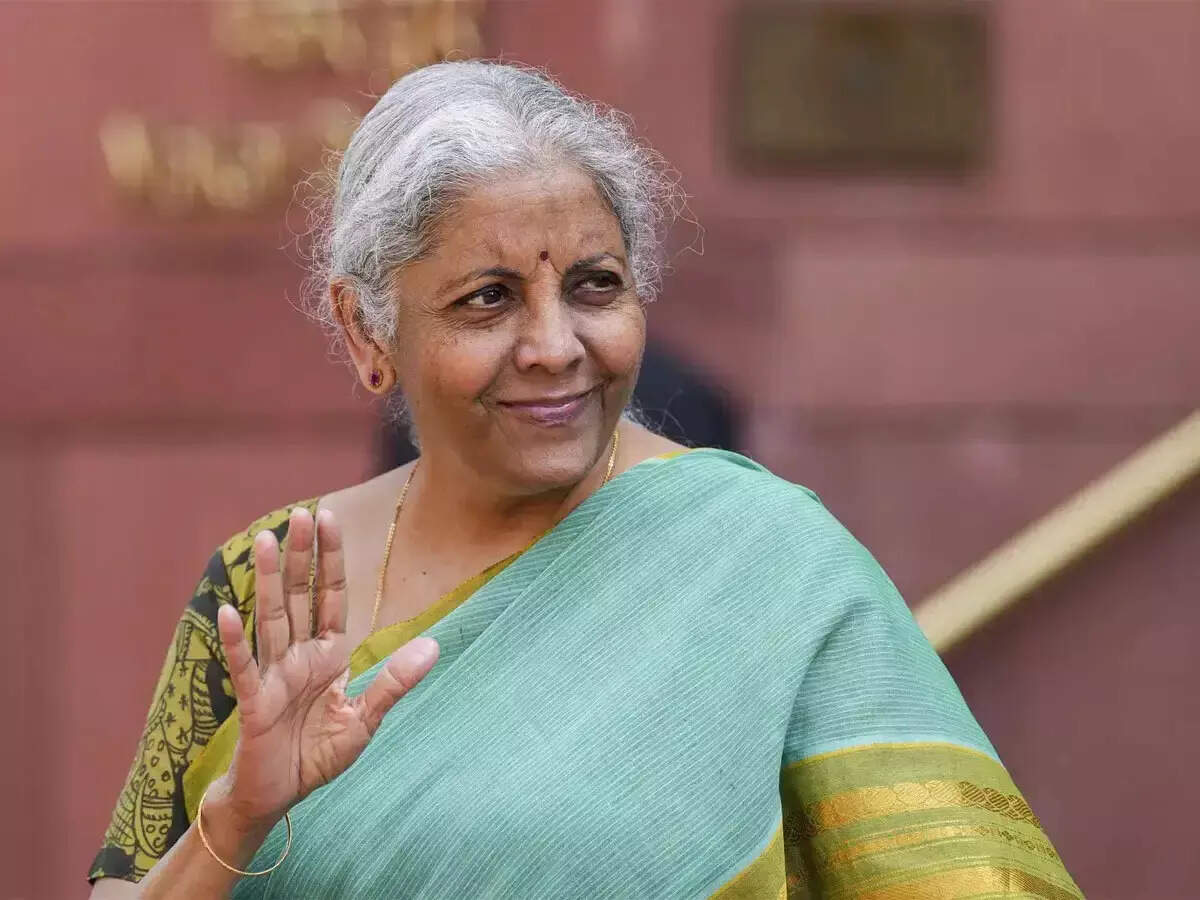
In the past six financial years, India has witnessed a dramatic transformation in the way money moves. Over 65,000 crore digital transactions—valued at more than ₹12,000 lakh crore—have taken place across the nation, underscoring a financial revolution of staggering proportions.
This is not merely a tale of numbers, but one of inclusion, access, and technological empowerment.
The phenomenal growth of digital payments has not been accidental. It has been propelled by an intricate interplay between the Reserve Bank of India (RBI), the National Payments Corporation of India (NPCI), government ministries, fintech startups, and state administrations. Together, they have built a robust digital payments infrastructure that now touches even the remotest corners of the country.
As of May 2025, the Payments Infrastructure Development Fund (PIDF) has helped deploy over 4.77 crore digital touchpoints across tier-3 to tier-6 cities, as well as in the underserved regions of the Northeast and Jammu & Kashmir.
This structural expansion has been accompanied by steady, measurable growth. The RBI’s Digital Payments Index (DPI)—which benchmarks March 2018 as the base year at 100—stood at 465.33 in September 2024. It is not just an index; it is a mirror held up to a society in digital transition.
“A Dream for Many”: Political Will and Policy Design
Finance Minister Nirmala Sitharaman recently described India’s digital payments ecosystem as “a dream for many”—a system that not only enables seamless transactions but also inspires global admiration.
Speaking at a fintech awards ceremony in early 2025, she declared, “Nearly 50% of all real-time digital payments in the world now take place in India.” She further emphasized that UPI (Unified Payments Interface), which has become the spine of this revolution, is now operational in seven countries—a sign of India exporting not just technology but also trust.
What distinguishes India’s approach is the way public digital infrastructure—particularly India Stack—has been harnessed for societal inclusion. Minister Sitharaman has been unequivocal: “Fintechs have played a powerful role in delivering public welfare… enabling even the smallest vendors to access customers and welfare services with confidence.” The shift is not just technological—it is moral and institutional.
Yet the Minister has also sounded a cautionary note. At the same event, she warned fintech firms about the growing threat of cyber fraud, particularly from deepfakes. “Innovation must be matched with vigilance. Public trust is the bedrock of our digital economy,” she said.
UPI: A Technological Leap with Human Consequences
The story of UPI is now legend. Launched in 2016, it has grown to become the world’s most used real-time payment system, processing more than 75% of India’s retail digital payments. But its real power lies not in volume but in impact.
According to a recent study, a 10% increase in UPI adoption leads to a 7% increase in access to formal credit—especially for underserved and unbanked populations. This is because digital payment platforms create financial footprints that function as alternative data. These footprints enable banks and NBFCs to assess creditworthiness even in the absence of traditional documents like salary slips or income tax returns. The outcome: a street vendor in Gorakhpur or a tailor in Bastar can now dream of a bank loan.
Former CEO of NITI Aayog and India’s G20 Sherpa Amitabh Kant summed it up: “India is not just leading the digital payments revolution—it is rewriting the grammar of financial inclusion.”
MSMEs, Micro-Merchants, and the Rise of the Empowered Entrepreneur
The government, RBI, and NPCI have rolled out a slew of reforms to encourage adoption of digital payments among small merchants and MSMEs. These include incentive schemes for promoting low-value BHIM-UPI transactions, guidelines for invoice discounting via Trade Receivables Discounting Systems (TReDS), and the rationalization of Merchant Discount Rates (MDRs) to ease the cost burden on small businesses.
The result is a fundamental transformation in business behavior. Today, a fruit seller in Varanasi or a weaver in Bhagalpur can receive payments through QR codes, monitor cash flow digitally, and even access formal credit. These small acts of digitization, repeated across millions of transactions daily, are stitching a new economic fabric—one that is inclusive, visible, and verifiable.
Beyond the Numbers: Challenges That Demand Urgency
For all the applause-worthy progress, challenges persist. The RBI itself has flagged the sustainability of this infrastructure. Governor Dr. Sanjay Malhotra recently noted, “While UPI’s growth has been phenomenal, its long-term stability depends on a viable funding model.” The backbone of India’s payment systems cannot be allowed to weaken under the weight of free transactions.
Moreover, digital literacy and cybersecurity remain major concerns. As of early 2025, nearly 40% of India’s adult population still does not use digital payments regularly. In rural areas, many small merchants lack awareness about transaction charges, application interfaces, or grievance redressal mechanisms. Reports have highlighted a rise in phishing, vishing, and impersonation frauds—threats that erode the trust so painstakingly built.
If the digital economy is to sustain itself, India must do more than innovate; it must educate, secure, and empower.
The Road Ahead: From Digital Transactions to Digital Trust
India’s digital payments revolution is not a mere tech success story—it is a societal reimagination. In six years, the journey from cash to QR, from anonymity to financial identity, has reshaped how Indians save, borrow, invest, and aspire. Over ₹12,000 lakh crore in digital transactions is not just an economic metric—it is evidence of national transformation.
What lies ahead is not merely about increasing transaction counts or expanding international UPI corridors. It is about embedding trust, resilience, and equity into the very architecture of digital finance.
In the words of RBI Deputy Governor T. Rabi Sankar, “Digital payments are not just a convenience—they are an instrument of financial democracy.” If India continues to walk this path with foresight and integrity, it may well offer the world not just a template for technology, but a philosophy for inclusion.

